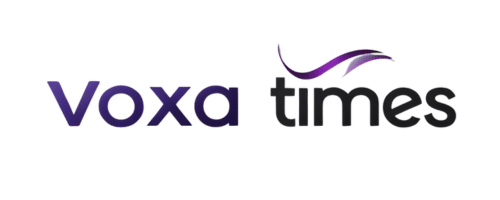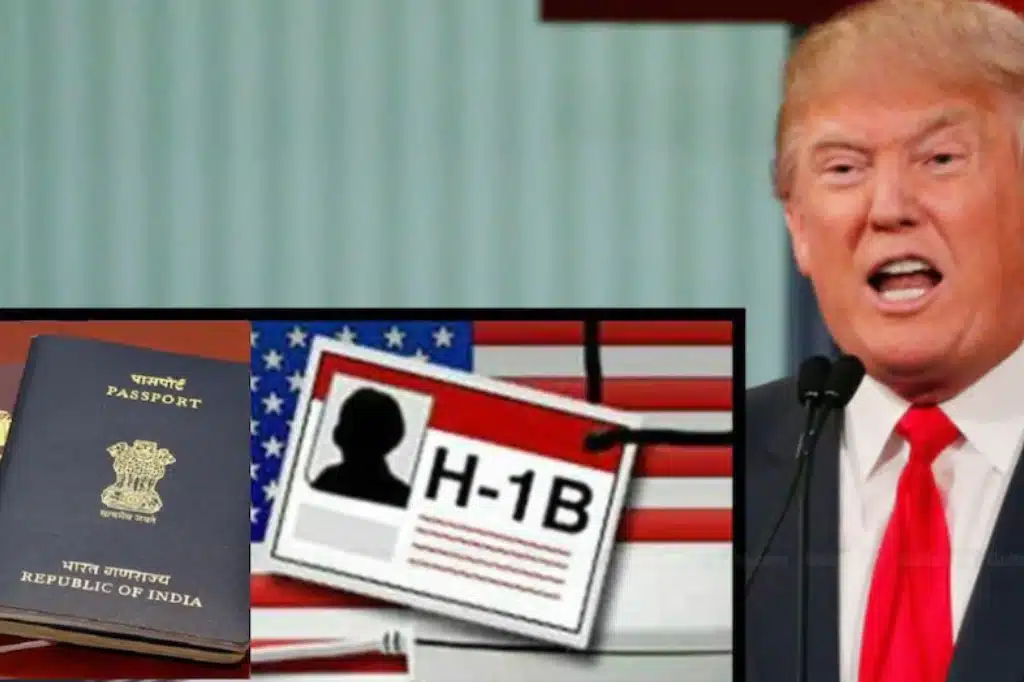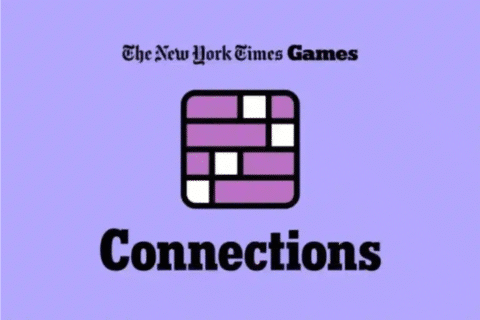Trump H1B Reform 2025: Wage‑Based Selection and Citizenship Test Overhaul Explained
Executive Summary
- A recent interview with The New York Times confirms the Trump administration is moving to replace the H‑1B lottery with a wage-based selection system and raise standards for the U.S. citizenship test.
- The proposed H‑1B rule RIN 1615‑AD01, sent to the OMB on July 17, 2025, would prioritize applications by offered salary tiers, favoring higher-paid roles (OES Level IV → I).
- USCIS Director Joseph Edlow also announced plans to reinstate a stricter civics test—requiring 12 correct answers out of 20, compared to the current 6/10 threshold.
Background: Understanding the H‑1B Visa
- The H‑1B program issues 85,000 visas annually (65k cap + 20k master’s exemption), currently distributed by lottery if demand exceeds supply.
- It targets specialty occupations; holders may stay up to six years under dual intent provisions.
Proposed Wage-Based Selection Mechanism
- DHS/USCIS plans to weight applications by wage levels: Level IV first, descending to Level I. If demand in a tier exceeds slots, a secondary lottery applies within that tier.
- This replaces random selection with merit-based priority tied to compensation.
Citizenship Test Reform Roll-Out
- Edlow cited the current test as too easy to memorize, promising to restore the previous standard: 12 correct answers from 20 questions.
- Seniors aged 65+ with 20+ years green card may retain access to the simplified version.
Stakeholder Impact Breakdown
Employers & High-Paying Jobs
- Higher salary offerings become strategic for improving selection odds.
- Companies may adjust compensation to align with OES Level III–IV tiers.
International Students & Entry-Level Workers
- Lower wage roles at OES Levels I–II may face non-selection, limiting entry into the H‑1B program.
🇺🇸 U.S. Workforce Perspectives
- Domestic professionals largely support reforms to curb wage suppression by cheaper foreign labor.
- Critics argue it may undermine access to skilled international graduates and harm diversity in talent pools.
Timeline & Legal Outlook
- July 17, 2025: DHS rule sent to OMB (RIN 1615‑AD01).
- After public comment, the rule may be finalized and operational by March 2026, ahead of the FY 2027 registration period.
- Legal challenges are likely, especially concerning equity for entry-level applicants and procedural rulemaking consistency.
Broader Policy & Legislative Context
- These reforms align with Trump’s “Executive Order 14160” (January 20, 2025), challenging birthright citizenship and tightening immigration standards; currently enjoined by courts, according to Wikipedia.
- They reflect ongoing policy efforts like the RAISE Act and Fairness for High‑Skilled Immigrants Act, emphasizing wage, skill, and national interest in visa allocation, American Council on Education+15.





